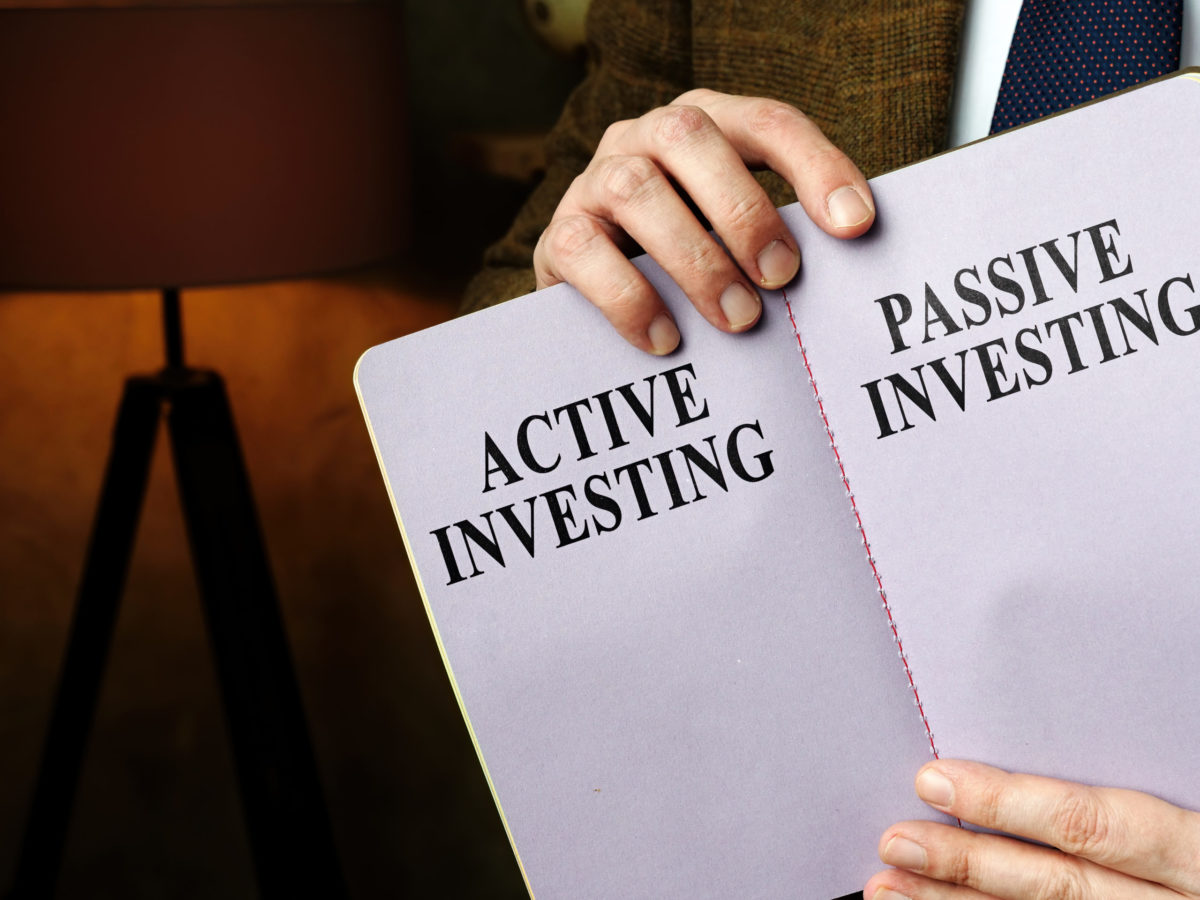Introduction
Investing is the conscious management of your money that demands careful consideration of risk and return. In the financial world, two primary approaches dominate the landscape: active and passive investing. Choosing between them depends on an investor’s goals, risk tolerance, and time horizon. In this blog, we’ll explore the key distinctions between active and passive investment, drawing insights from both traditional wisdom and contemporary research.
Active Investment

Active investment is a hands-on approach where investors directly engage with individual stocks, either through personal decision-making or by entrusting fund managers or financial advisors with the task.
Proponents of active investing, such as renowned figures like Warren Buffet, Sir John Templeton, and Mark Mobius, argue that the key to success lies in rigorous research to identify high-quality companies. If you’re interested in taking on this investment strategy, consider KTrade Securities, which enables you to invest in stocks seamlessly through the mobile app!
However, one drawback of active investing is the associated fees and costs linked with frequent trading. Research consistently reveals that only a minority of actively managed funds outperform their benchmark indices over extended periods.
The pursuit of short-term gains often comes with increased risk, and the fees can erode the returns, leaving investors with less than anticipated profits.
Passive Investment

On the flip side, passive investing is a more hands-off approach, focusing on long-term gains by minimizing buying and selling activities. This strategy gained widespread popularity, particularly in the last two decades, with the advent of Exchange-Traded Funds (ETFs). For more information on different investment options, watch our Investing for Beginners series on our YouTube Channel.
ETFs are Exchange Traded Funds and represent baskets of stocks, providing investors with a diversified portfolio. Vanguard, founded by John Bogle, pioneered this approach and has become the largest asset management firm globally.
Passive investing offers several advantages, including lower fees and increased tax efficiency. The diversification inherent in ETFs reduces the risk associated with individual company performance. Even if one company underperforms, another might compensate, contributing to a more stable and consistent return over time.
However, the trade-off is a potentially limited upside in the short term compared to the active investing approach.
Which One Is Better?
Choosing between active and passive investing ultimately boils down to an investor’s preferences, risk tolerance, and financial goals. Active investing may promise higher returns in the short term but carries greater risks and costs.
On the other hand, passive investing offers a more cost-effective and diversified approach, suitable for those seeking steady returns over a more extended period.
Conclusion
Each strategy has its merits, and the decision should align with one’s financial objectives and risk appetite. Whether one chooses the hands-on approach of active investing or the more laid-back style of passive investing, enlisting the help of financial advisors can help you make better investment decisions! Contact KTrade Securities, and get started on building a robust investment portfolio.

